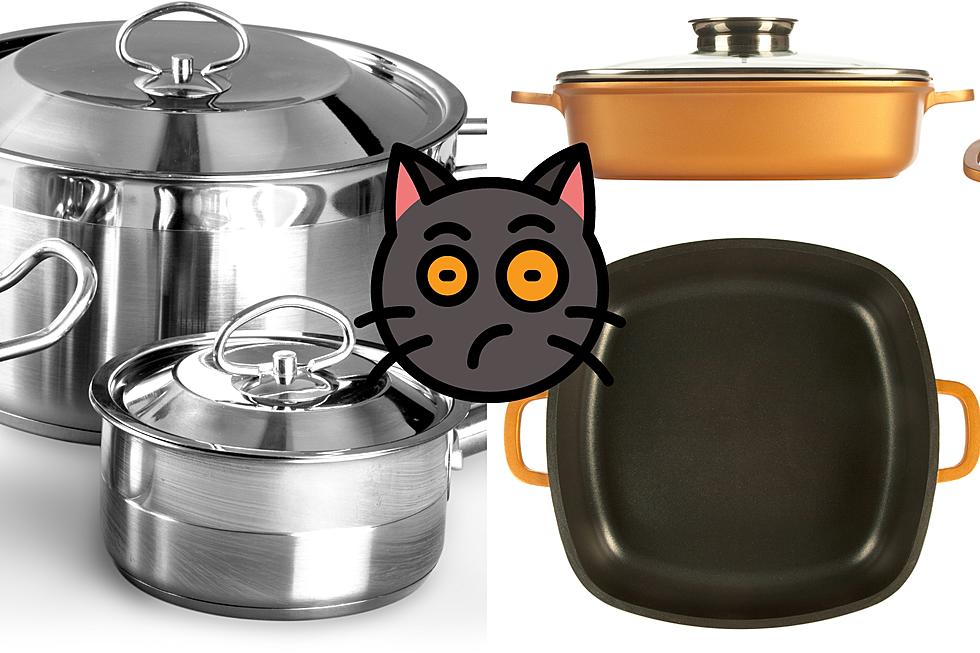
Can Idaho Leave Nonstick Behind? How to Nonstick With Stainless Steel
In an attempt to simplify life, switching to food products whose contents contain words that are understandable is a good step. If the ingredient seems to have more syllables than that Mary Poppins song, it may be on the chopping block.
Switching from non-dairy creamer to half and half has been a big step for me. On weekends, I treat myself to ‘foo-foo creamer’, but even that has a simple list of ingredients; cream, milk, sugar, and vanilla. I can read all of those words. I could spell them to you without having to cheat. That seems like a good start.
Has anyone looked at what makes up the nonstick stuff in the coating on a pan? The coating in the pans is called polytetrafluorethylene (PTFE). This is a ‘forever chemical’ that lasts for years in the body. This is exactly what I’m trying to avoid.
Is the Easy Clean-up of Nonstick Worth the Pitfalls?
Hearing many things about PTFE, I have decided it may be the next thing on the chopping block. If I look at any pan that has a bit of the non-stick surface scarred a bit, I think about all that stuff getting into my food. Ewww. It could even lead to obesity. I do not need any help in that area.
The best thing about nonstick is the clean-up. How can scrubbing endlessly on stainless steel compete with a quick swipe from a washcloth? It would seem that scrubbing endlessly on stainless steel is not normal. I’m just cooking wrong.
4 Tips to Help Cook Nonstick in Stainless Steel
Stainless steel should be seasoned like cast iron, but it isn't as labor-intensive. Heat the pan, add a thin layer of oil with a paper towel, and cook until oil starts to smoke, then remove from heat. After completely cooled and the oil wiped out with another paper towel, the pan is treated. Nonstick with stainless forever.
I have learned that stainless steel has pores. These pores open in the heat and contract in the cold - like every other solid. Temperature control is key. Once the user learns to heat properly, sticking won’t be a problem in cooking.

For cooking whole pieces like fish or steak, preheating is the most important thing. Warm the pan with low to medium heat before adding oil. Wait to flip until food releases on its own, and perfection.
Using fond as a flavor base for pan sauce cleans the pinches of food left at the bottom of the pan. A bit of water then butter and seasoning and the bits left on the pan are gone, and there’s a sauce for the food.
7 Healthy Habits to Make Life Better
11 Bad Laundry Habits to Break Immediately
More From 95.7 KEZJ









